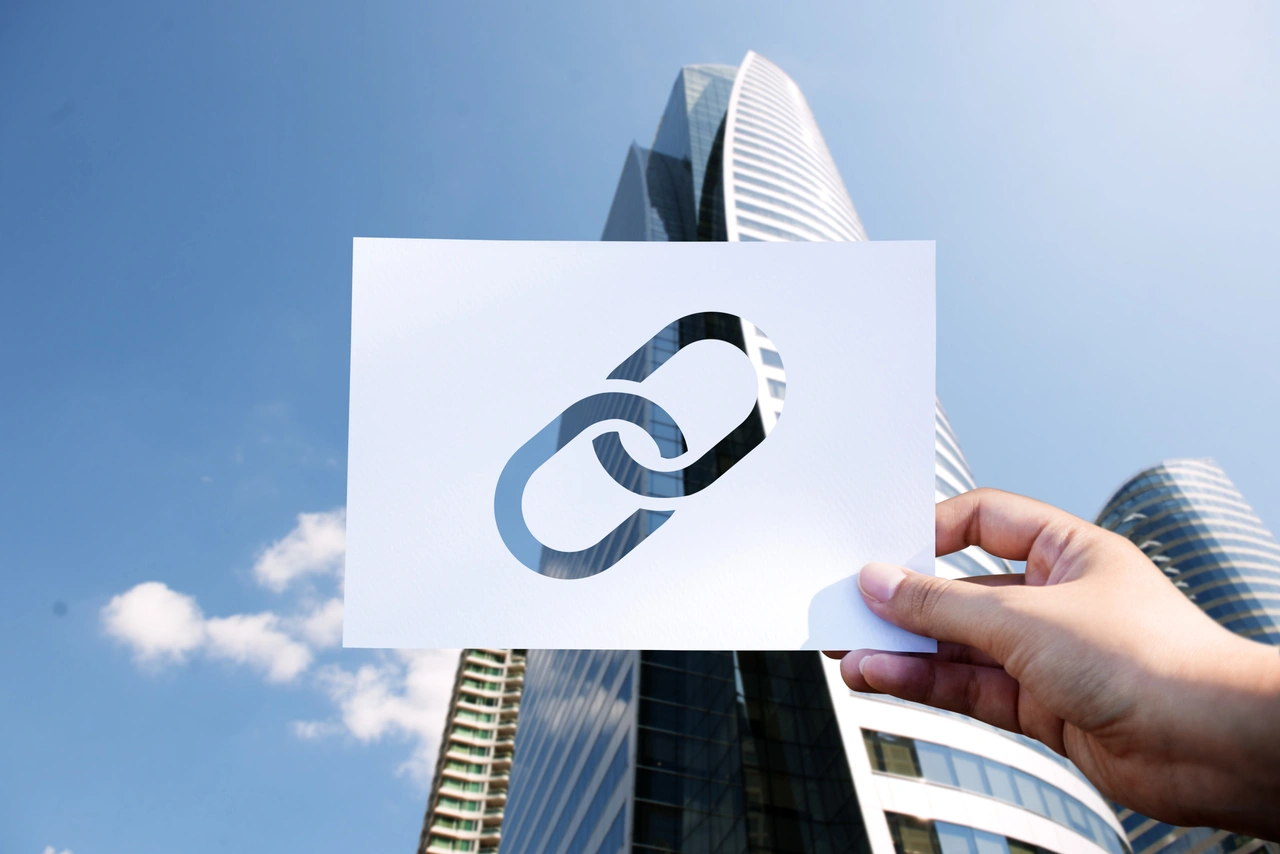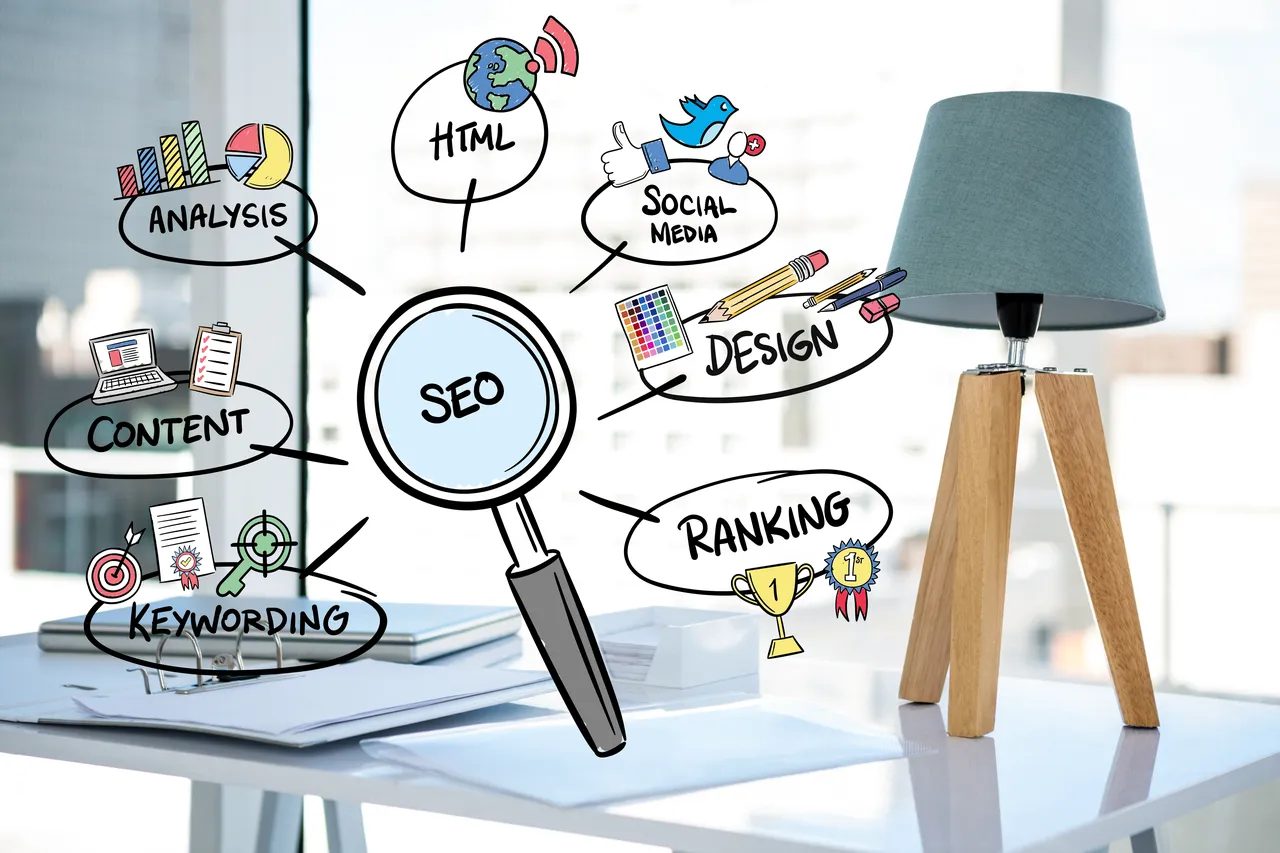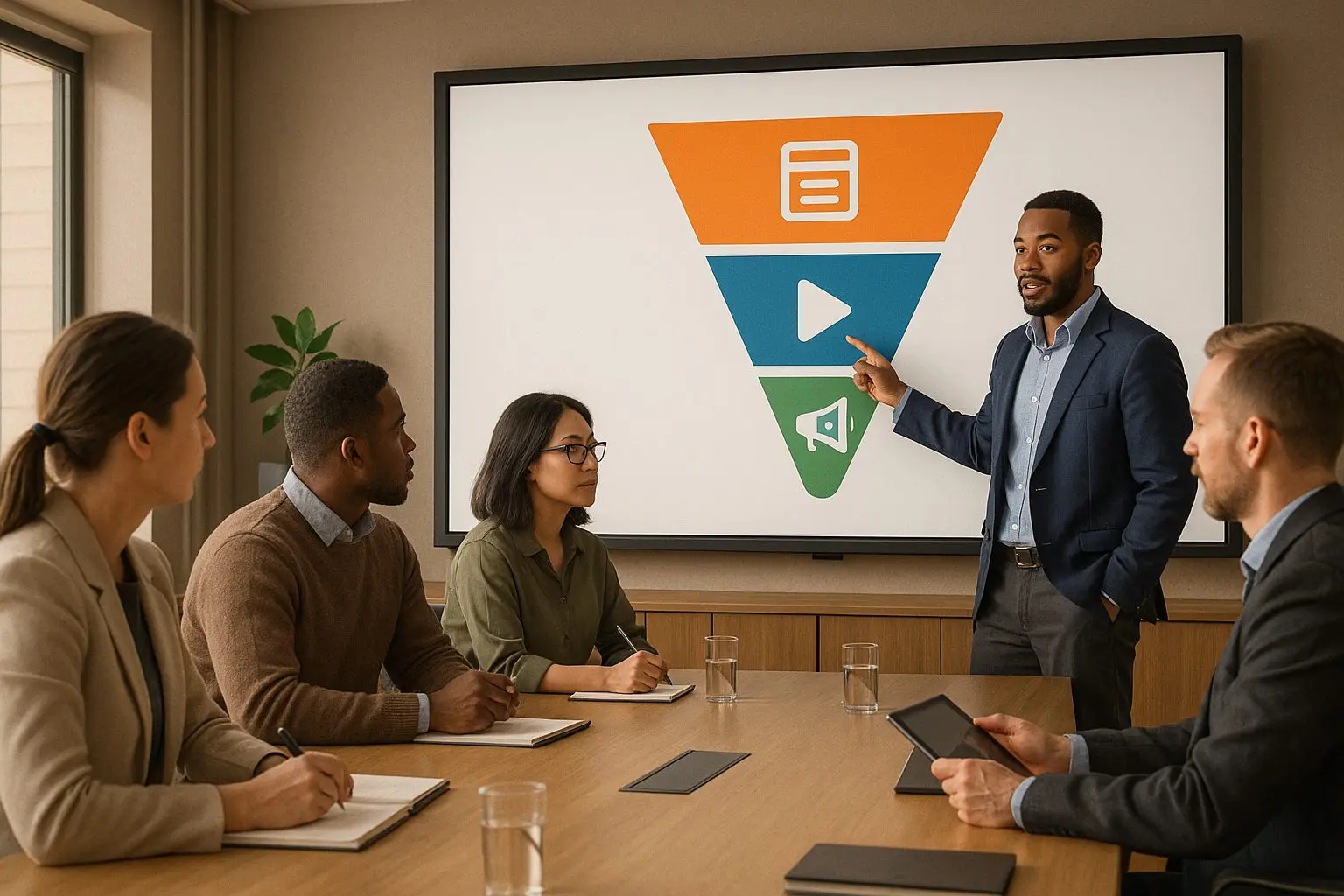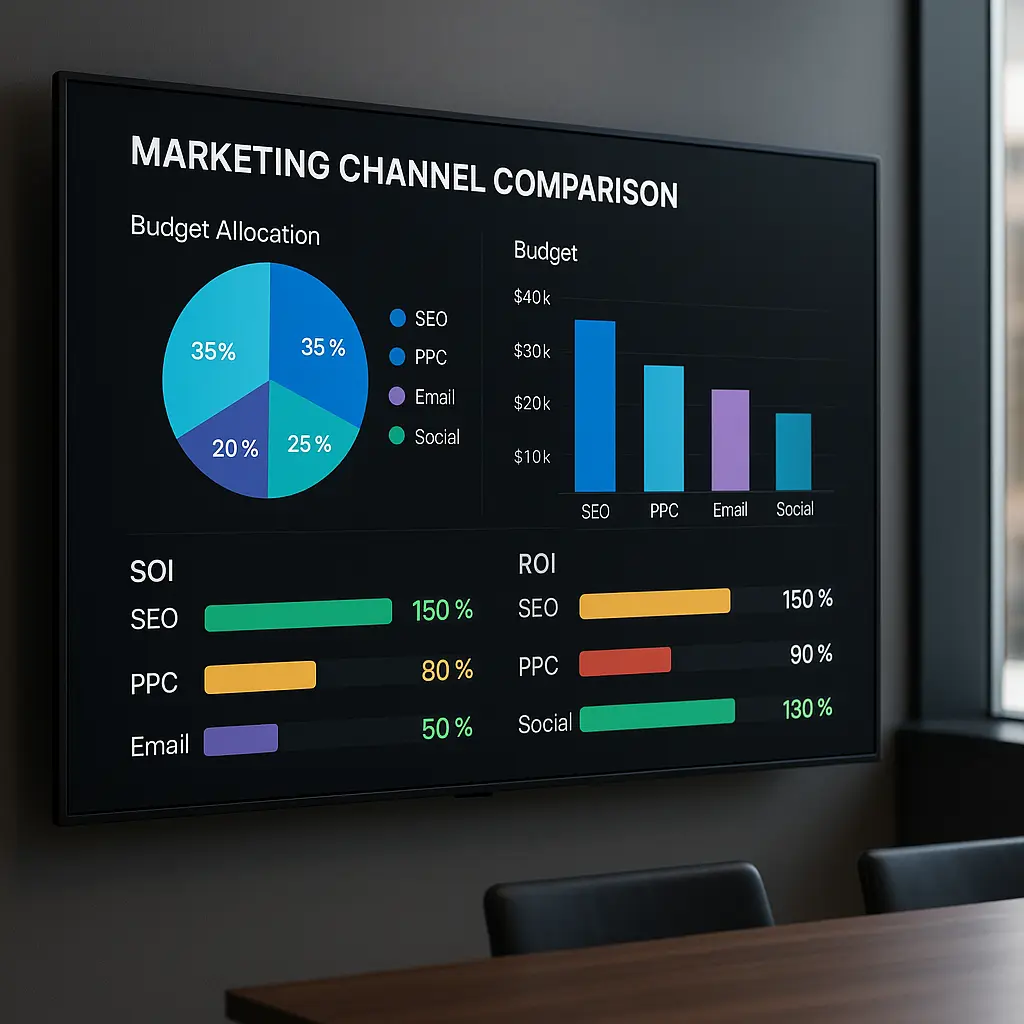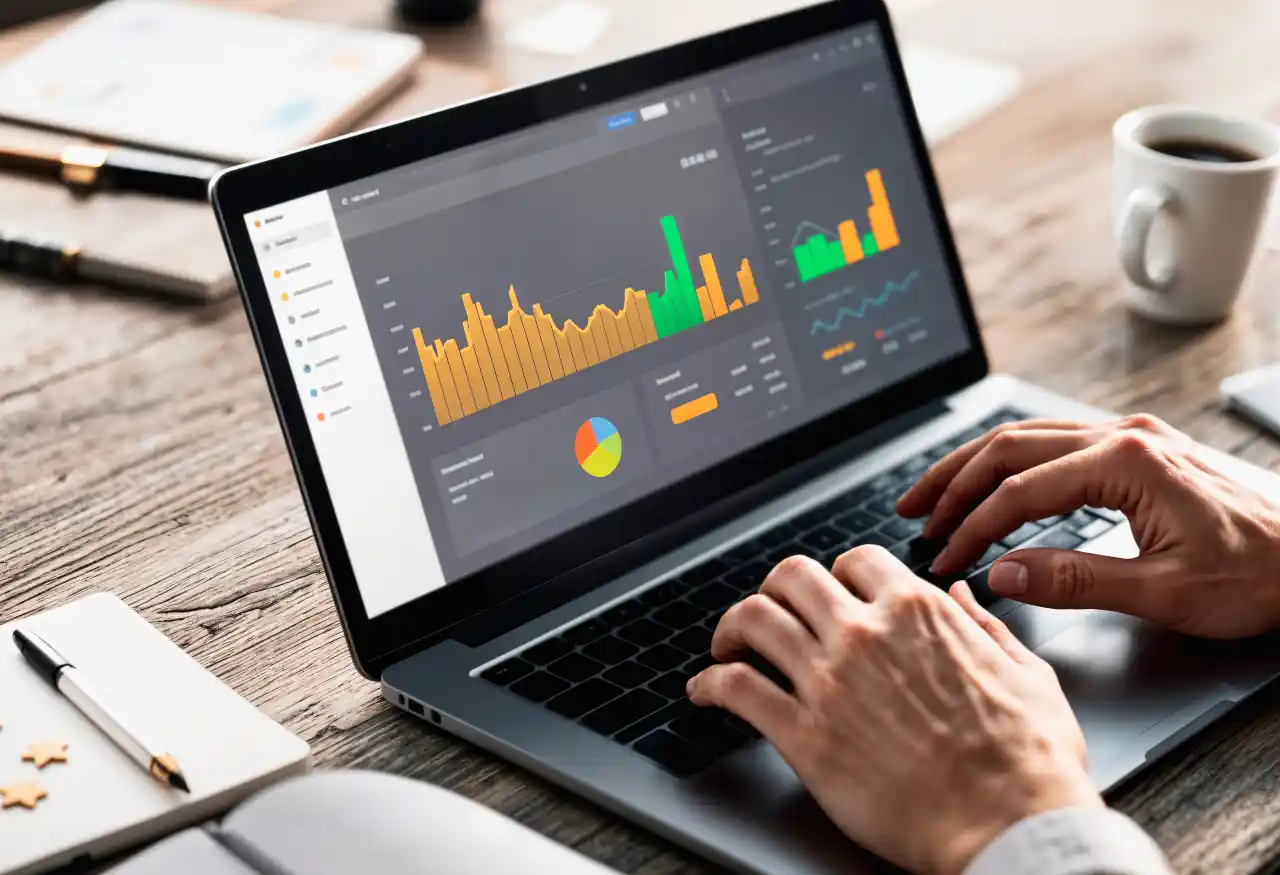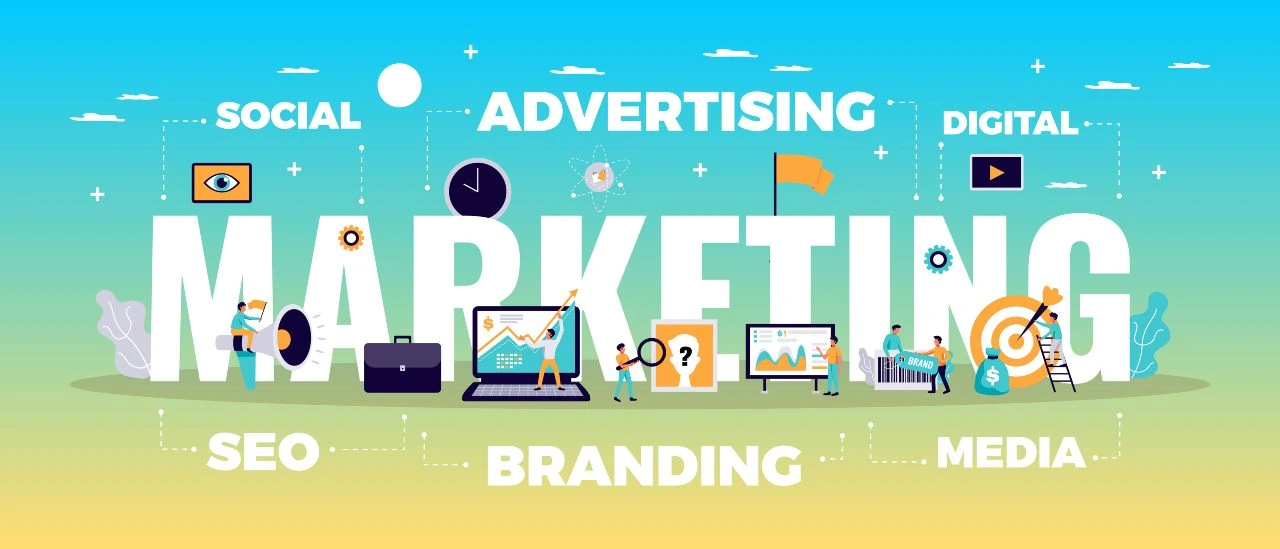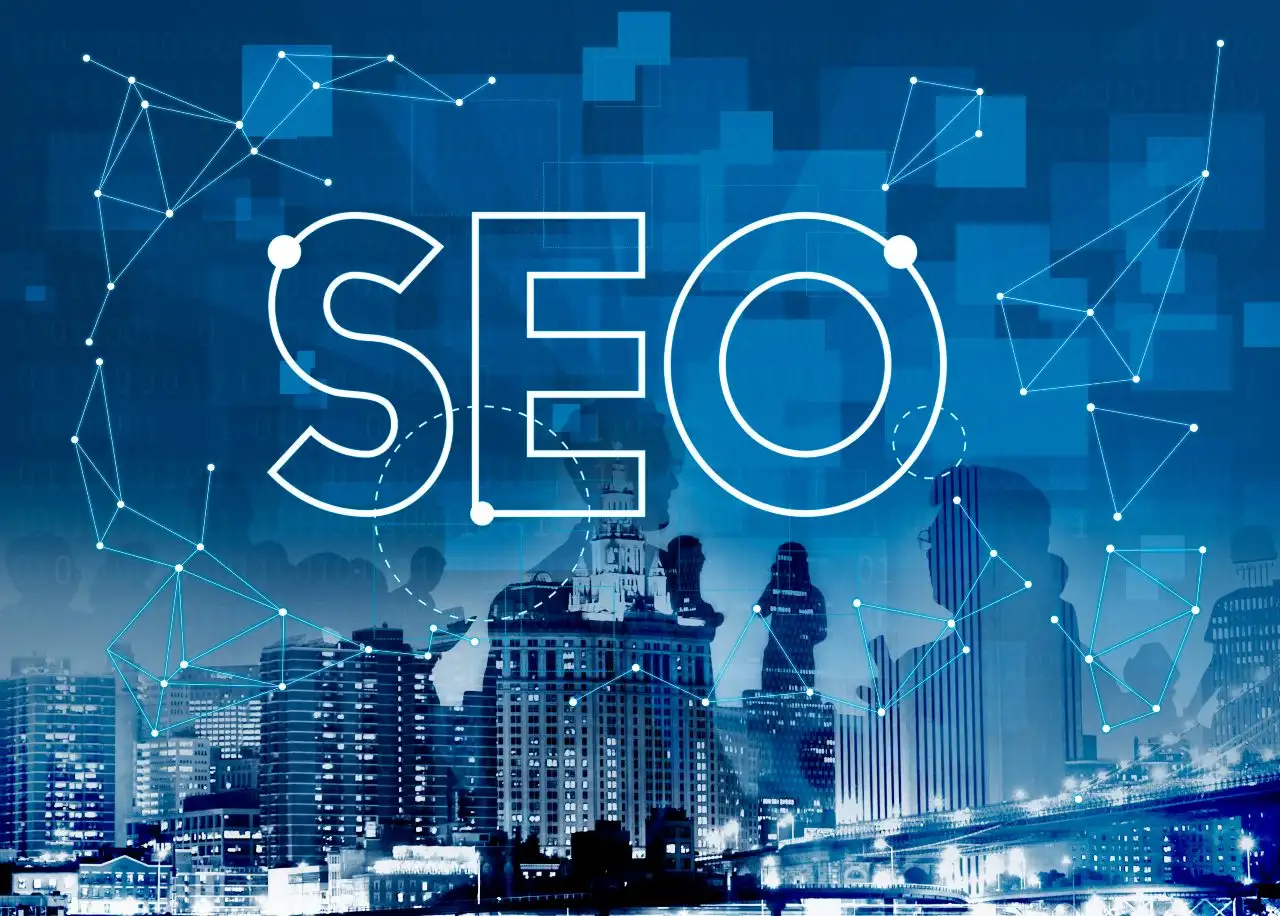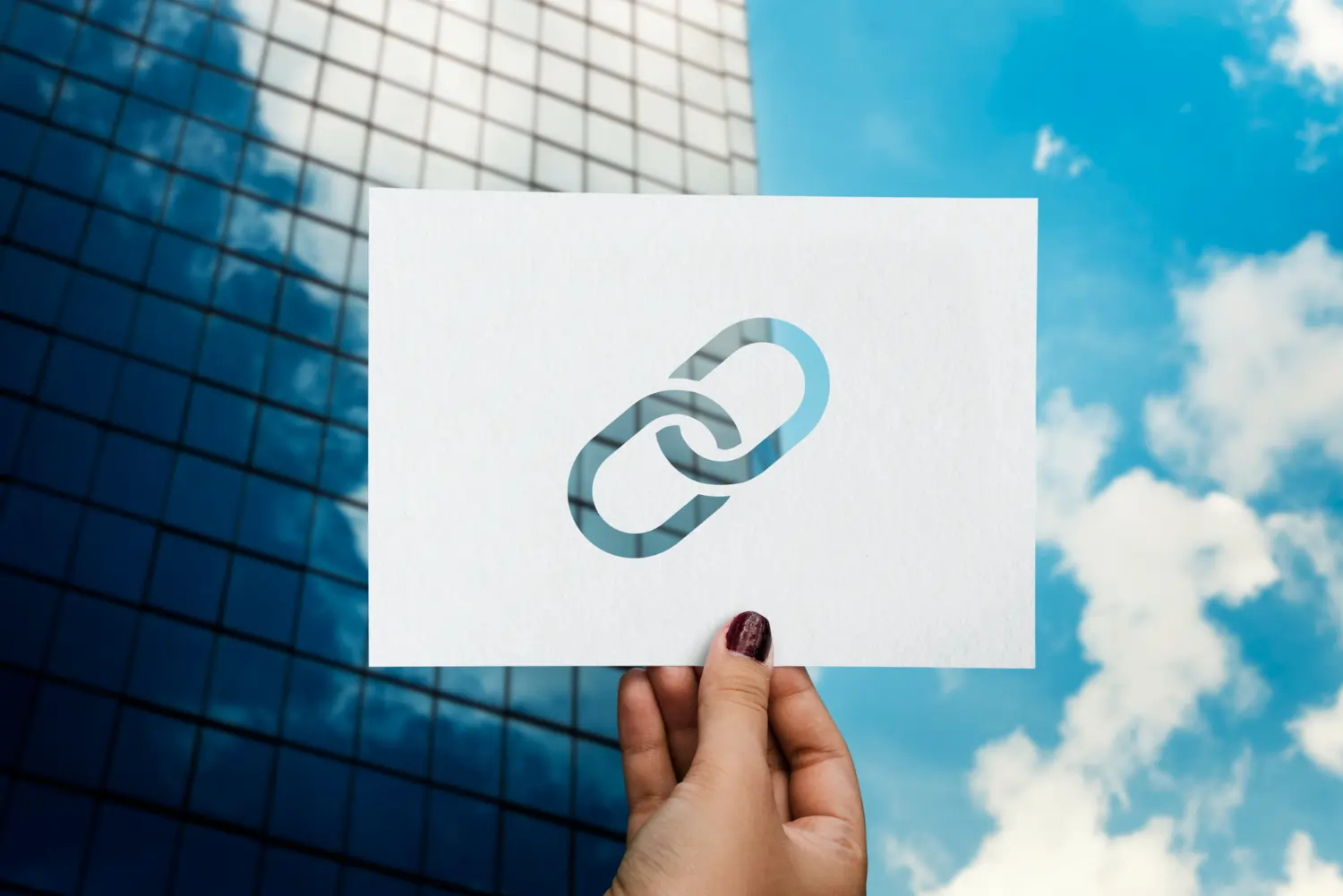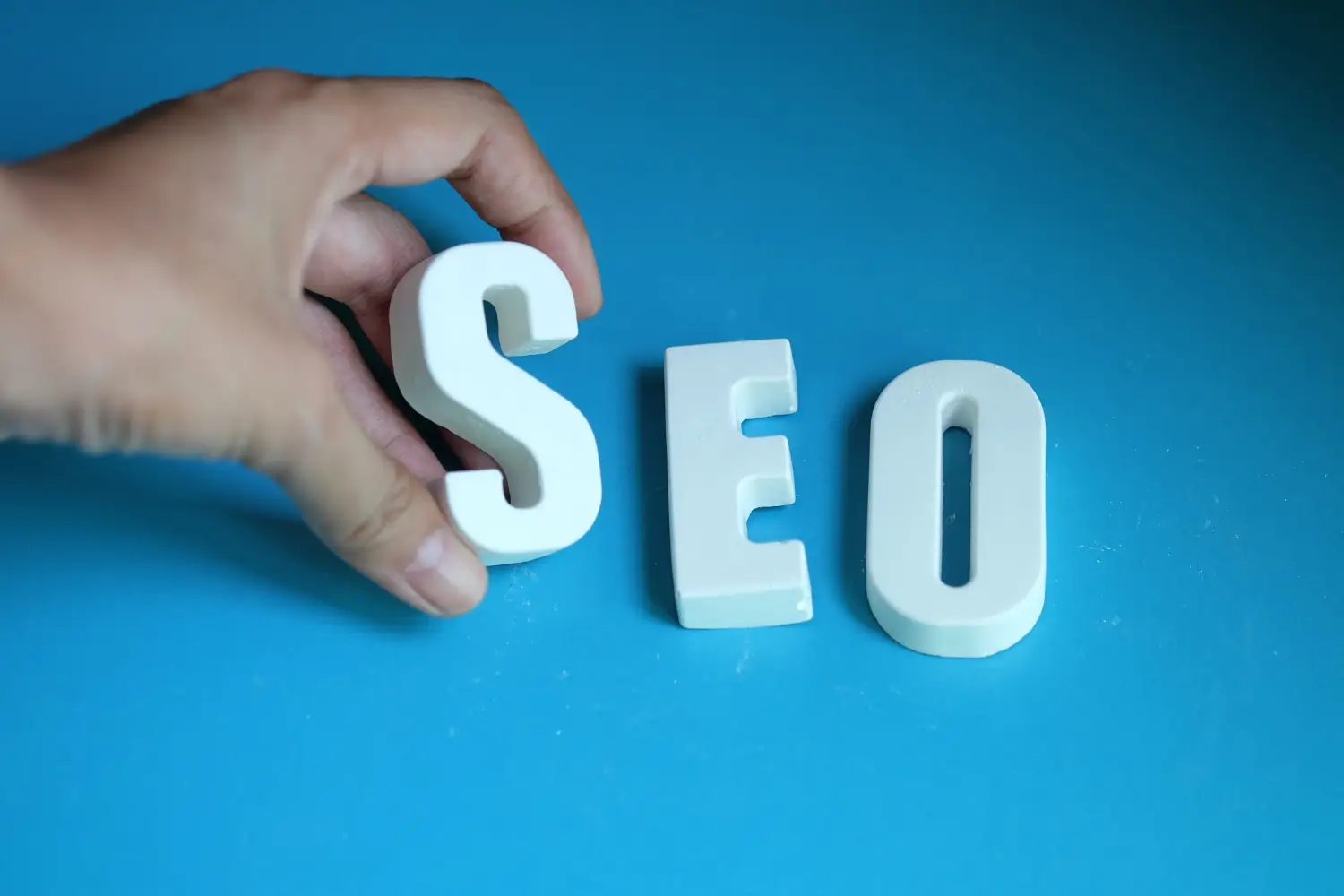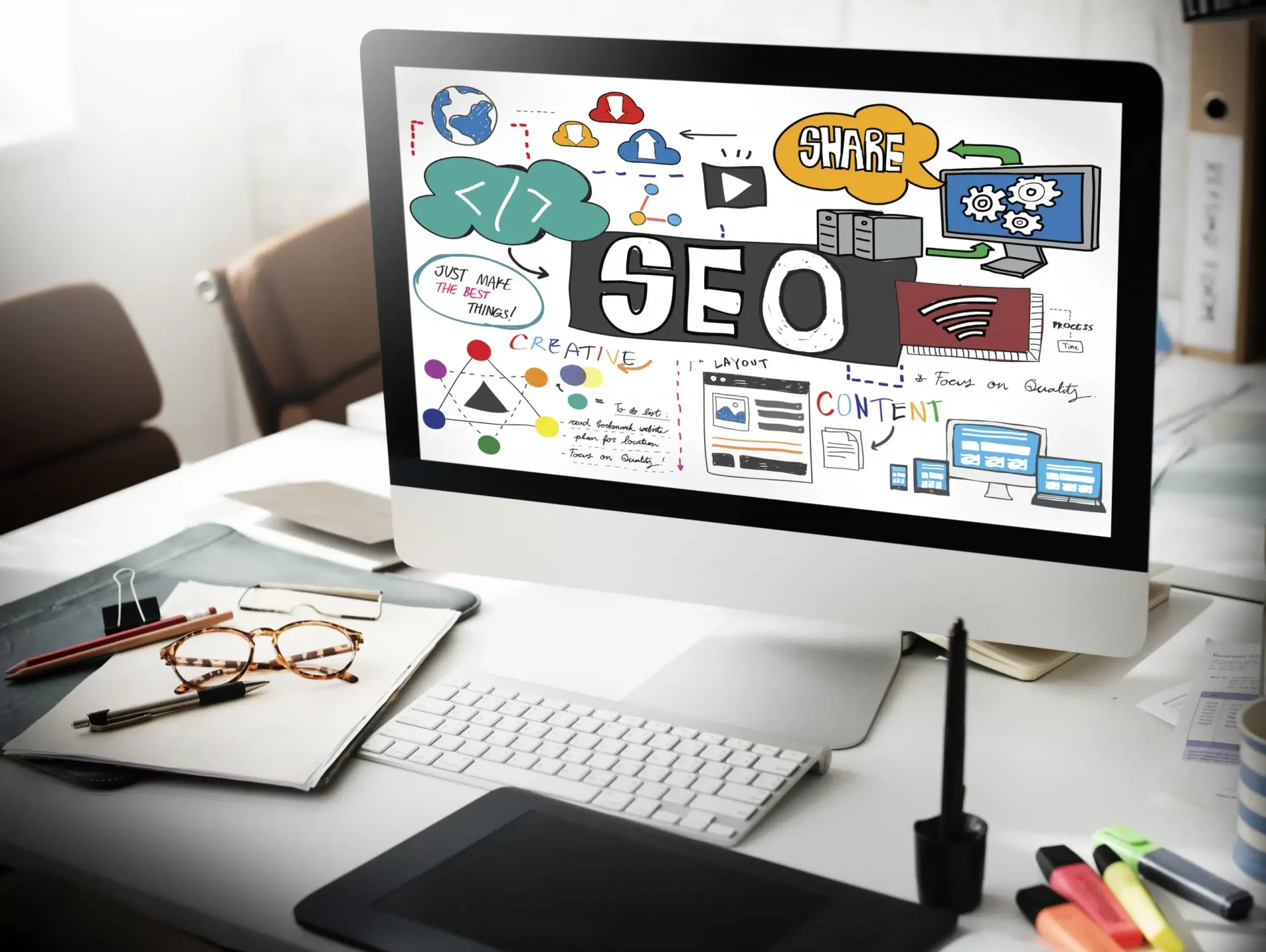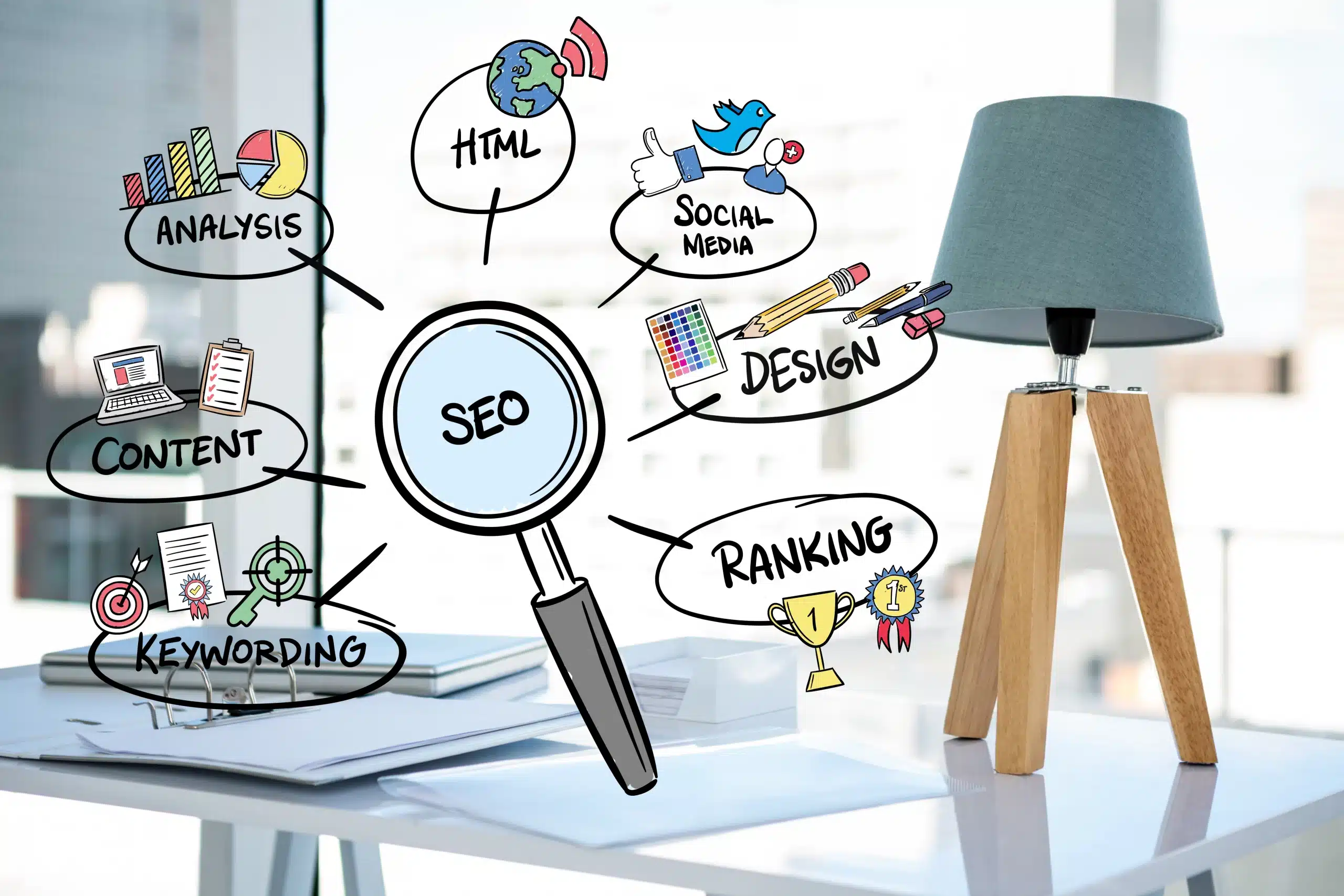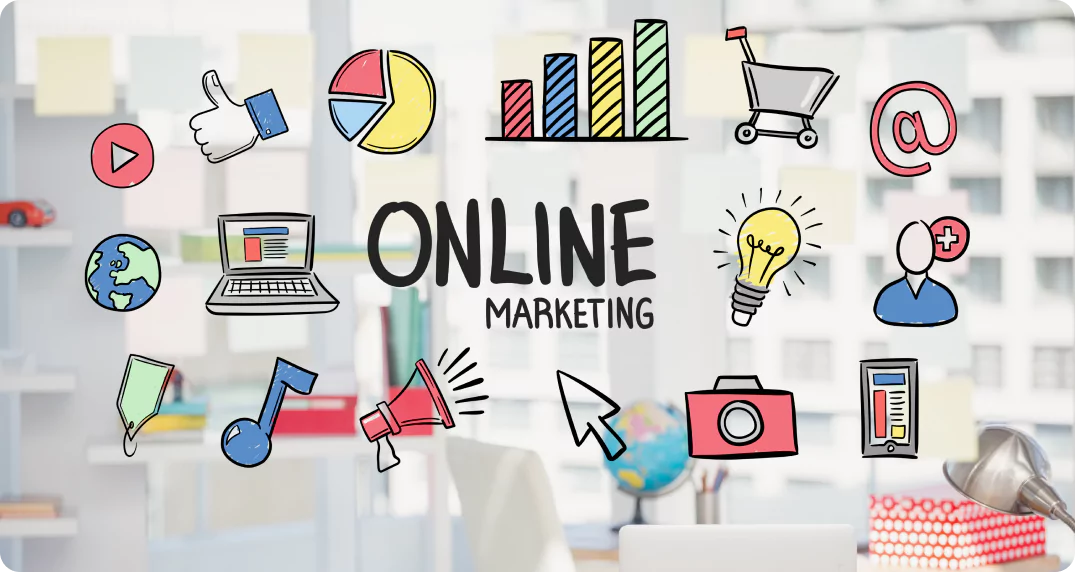Are you tired of pouring time and resources into creating landing pages that aren’t converting? In this guide to SEO landing pages, we will unlock the secrets to creating landing pages that not only rank high in search engine results but also drive conversions.
Whether you’re a startup looking to establish your online presence, or an established company wanting to boost your conversion rates, this article is designed to equip you with the knowledge and strategies needed to succeed in the competitive digital landscape. So, are you ready to take your landing page game to the next level? Let’s get started!
What is a Landing Page?
Before we get into specific SEO landing page strategies, let’s take a quick look at what a landing page is and why they’re an important part of your marketing strategy.
A landing page is a standalone web page that serves as the entry point for a website or a particular section of a website. It is designed to capture the attention of visitors and persuade them to take action, such as subscribing to an email list, downloading an e-book, or making a purchase. Landing pages are typically customized based on user intent and can be used for various purposes, including lead generation, ecommerce, content marketing, and more. They should be optimized for both desktop and mobile devices and include clear and concise messaging that resonates with your target audience.
What is an SEO Landing Page and why is it Important?
With millions of websites competing for attention, it’s not enough to simply have a regular landing page; you need to ensure that your landing pages are optimized for search engines. Utilizing SEO for landing pages plays a vital role in improving your website’s visibility in search engine results pages (SERPs) and attracting organic traffic.
By implementing SEO best practices, like adding target or focus keywords for example, to your landing pages, you can increase the chances that they rank higher, which results in more traffic, and ultimately, increased conversion rates or action taken by your target customer.
The Role of SEO in Landing Pages
Optimizing your landing pages for search engines offers numerous benefits, including increased visibility, higher organic traffic, improved lead generation, and enhanced conversion rates. By aligning your landing page content with targeted keywords and search intent, you can attract customers who are actively looking for what you offer.
SEO’s Effects on Lead Generation and Conversion Rates
By using SEO for landing pages, you can ensure that your content is discoverable by potential customers. Additionally, SEO can help you increase the visibility of your website in SERPs, allowing you to reach a larger audience and drive more organic traffic. Furthermore, SEO tactics can help you target specific keywords and phrases related to your business, which can result in higher rankings and increased visibility in search results.
Lastly, optimizing your landing pages with SEO techniques can improve the user experience on your website by ensuring that it loads quickly and is mobile-friendly. All these factors combined enable you to maximize the potential of your landing page efforts for increased lead generation and conversion rates.
Basics of an SEO Landing Page
To create a successful SEO landing page, it’s important to understand the key elements that make it effective in attracting organic traffic and driving conversions.
To truly maximize your landing pages, it’s important to understand the key elements that contribute to their success. The main elements of a well-structured landing page include:

HERO section that includes a clear and compelling headline, supporting copy, and a visual.

Persuasive copy that highlights the benefits to the viewer.

Strong and relevant calls-to-action (CTAs).

Engaging visuals.

Social proof and testimonials.
What Makes a Landing Page “SEO-friendly”?
Now that you know the key elements of a typical landing page, let’s go over what makes them SEO-friendly.
In addition to the elements mentioned above, there are a few additional considerations to make your landing page SEO-friendly. First, SEO-friendly landing pages should have keyword-rich copy that is relevant and informative for both search engines and users. This includes titles, headings, meta descriptions, and body copy. Also, be sure to include links that lead the reader to reputable sources that provide additional context or information related to your product or service. Additionally, create unique URLs for each page on your website with descriptive words that match the content of the page. Finally, optimize all images with alt text so that search engines can properly index them. By following these best practices, you can ensure that your landing page is optimized for SEO and provides visitors with a great user experience.
Next, let’s discuss how you can optimize landing pages for search engines.
How to Optimize a Landing Page for Search Engines
Implementing SEO for landing pages involves a few stages to ensure maximum visibility and effectiveness. From keyword research to mobile optimization, here are the steps we recommend you take to optimize your own landing pages.
Keyword Research: How to Select and Implement Effective Keywords
Keyword research is at the heart of SEO landing pages. When thinking about your product or service, you’ll want to identify relevant keywords that describe what you’re offering and incorporate them strategically into your landing page’s content, headings, and meta tags to increase the chances of ranking higher in SERPs.
Competitor Research and SERP Analysis
Do you know of a competitor who’s offering something similar? By analyzing your competitor’s landing pages and understanding where they stand in search engine results, you’ll have a better idea of how to effectively optimize yours to differentiate yourself from them.
By conducting a thorough SERP analysis of your competitor’s landing pages, you can gain insights into their search engine rankings and how they got there (ie. what keywords they are using) to strategically optimize your own page so that it stands out compared to theirs. A SERP analysis allows you to identify gaps in their strategy and uncover opportunities to surpass them in page rankings, ultimately driving more traffic to your landing page.
Optimizing Headings, Title Tags, and Meta Descriptions
Meta tags are HTML tags that provide information about your landing page to search engines. The two most important meta tags for SEO are the title tag and meta description. The title tag is the title of your landing page that appears as the clickable headline in search results. It should be concise, compelling, and include your target keywords. The meta description is a brief summary of your landing page that appears below the meta title in search results. It should provide a clear and concise overview of your page’s content and encourage users to click through to your website.
Heading tags (H1, H2, H3, etc.) are HTML tags that define the headings and subheadings on your landing page. Search engines use heading tags to understand the structure and hierarchy of your content. Use your target keywords in your heading tags to signal their importance and relevance to search engines. The H1 tag should be used for the main headline of your landing page, while the H2 and H3 tags can be used for subheadings and supporting content.
Incorporating Keywords into your Content for on-page SEO
Strategically incorporate keywords into your landing page content, headings, and subheadings while maintaining a natural flow. Avoid keyword stuffing and focus on providing valuable and informative content for your visitors.
Meeting E-E-A-T Standards
E-E-A-T (Experience, Expertise, Authoritativeness, Trustworthiness) is an essential aspect of SEO. Ensure your landing page conveys these aspects by including relevant and accurate information, highlighting your credentials or track record, and providing trustworthy sources.
Image Optimization
Another way to boost your landing page’s search ranking is by optimizing your images with description alt tags and file names. This improves accessibility and let’s search engines know about the relevant content on the page.
URL Structure Optimization
The URL structure of your landing page plays a crucial role in its online visibility. Use descriptive and keyword-rich URLs that accurately reflect the content of your page. Avoid using long and complex URLs that are difficult for users and search engines to read. Instead, use short and meaningful URLs that include your target keywords. For example, instead of using a url like, “www.example.com/landing-page?id=12345,” update it to be more precise with the topic: “www.example.com/seo-landing-page-optimization.”
Internal Linking
Internal linking is when you use the copy on your landing page to link to other relevant pages within your website. When linking internally, use descriptive anchor text that includes target keywords to gain more traction.
Pro tip:
It’s also important to note that your internal linking strategy is consistent and that you aren’t using the same keyword as anchor text that points to different pages.
Mobile Optimization
Let’s face it, nowadays most people are accessing websites on mobile devices. So, your landing pages must be mobile-responsive. Mobile responsiveness refers to the ability of your landing pages to adapt and display properly on different screen sizes and devices. Use responsive design techniques, such as fluid grids and media queries so that your landing pages look and function properly across all devices. Before you launch your page, test it on various devices and screen sizes to ensure a consistent and user-friendly experience.
Pro tip:
To test the “mobile-friendliness” of your landing page, use Google’s Mobile-Friendly Test Tool.
Advanced Techniques for SEO Landing Page Optimization
Do you want to take your SEO landing pages up another notch to enhance their effectiveness? Try implementing some of these more advanced techniques.
Use Structured data to Improve Visibility
Structured data is standardized format that helps search engines understand the content of web pages more effectively. It provides additional context to search engines about the information on a webpage, making it easier for them to display relevant and accurate results to users.
Schema markup uses a specific vocabulary of tags that can be added to HTML code, allowing search engines to generate rich snippets, knowledge panels, and other enhanced search results. This improves the visibility and presentation of web pages in search engine results pages (SERPs), leading to a better user experience. Certain schema types, such as review, FAQ, and how-to schemas, generate results that occupy more space in search engine result pages (SERPs). By implementing these schema types to your landing pages, you can boost your online brand presence and provide users with more accurate and relevant information.
Implement A/B Testing to Determine the Most Effective Elements
A/B testing is a valuable technique to optimize your landing pages. By using two different landing pages for one product or services with different headlines, CTAs, layouts, and visuals, you can determine which of the two is the most effective in convincing viewers to take action.
Utilize Clear CTAs (calls-to-action) for Higher Conversions
A well-crafted and strategically placed call-to-action (CTA) can make all of the difference on your landing page in terms of conversion rates. By ensuring your page has a clear and compelling CTA, visitors will be more likely to take action.
Monitor and Update to Maintain Effectiveness
In order to maintain your SEO landing page’s effectiveness and achieve long-term success, it’s crucial to monitor and update your pages because search engine algorithms constantly evolve, user behavior can change, and your business goals can shift. By monitoring the performance of your pages, you can identify areas for improvement, track keyword rankings, and analyze user engagement metrics.
Common Mistakes to Avoid with SEO Landing Pages
Now that we’ve gone over the best landing page SEO tips and strategies, there are some popular mistakes companies make that you’ll want to avoid to maximize the effectiveness of your SEO landing pages.
Here are the most common seo mistakes made with landing pages:
Keyword Stuffing: This is when you overuse the keywords you are trying to target. By overusing them, it can result in a poor user experience, which can negatively impact your SEO efforts.
Having Multiple H1s: The H1 tag is the most important heading on your landing page. Ultimately, it it helps search engines understand the main topic of the page to direct users to it. Stick to a single H1 tag per landing page to maintain proper structure, hierarchy, and increase visibility.
Trying to Optimize for Multiple Keywords: Trying to focus on too many keywords per landing page can weaken your optimization efforts and lead to less effective targeting. Use one focus keyword for each topic, service, or product you are trying to promote with supporting keywords for increased traffic, relevance, and conversions.
Copying Competitors Without Adding Unique Value to the Page: Competitor research is important, but you want your page to stand out and not be a complete replica of your competitors. You can do this by ensuring your landing page provides unique and valuable content that helps set it apart.
Ignoring E-E-A-T: As previously mentioned, don’t forget to establish expertise, authoritativeness, and trustworthiness on your landing page to increase its search engine rankings.
Wrapping it up
Optimizing your landing pages for SEO should be an integral part of your digital marketing strategy if you want to be successful. By following the best practices, techniques, and landing page SEO tips outlined in this guide, you can create SEO-friendly landing pages that bring in more organic traffic, generate valuable leads, and drive conversions. However, if you still feel a bit daunted by SEO, our reliable SEO services are a great way to start. You can always contact our professionals to conduct an SEO audit, or even and enterprise SEO audit if you have a large website, and they can help you come up with the best strategy to increase your conversion rates.
Overall, having SEO landing pages is a great way to promote an offer, service, or product, drive more traffic, increase your brand’s visibility, and ultimately, increase customer conversions.
SEO Landing Page FAQs
Utilizing SEO for landing pages can be a complex topic and task. That’s why we’ve compiled this resource to address the most common questions and challenges you may encounter while navigating the world of SEO landing pages.
What is the difference between a regular web page and a landing page?
Regular web pages usually serve many purposes, whereas a landing page is made with a specific purpose in mind, to drive conversions, and focuses on a specific offer or goal.
How long does it take to see results from SEO landing page optimization?
Generally, you can start to see results in a few weeks to months with SEO landing pages. But, like many optimization strategies, the timeline can vary based on many factors like keyword competitiveness, quality of information, etc.
Can I optimize a landing page for more than one keyword?
You can try to optimize a landing page for more than one keyword, but we recommend that each landing page has a specific purpose and focus keyword to ensure relevancy and a clear purpose. We also suggest checking the search engine results page for multiple keywords. If the pages are ranking for similar keywords, you can target those within a single page.
What is the role of social media in SEO landing page optimization?
Social media can definitely complement your SEO landing page efforts by driving more traffic to them. By sharing your landing pages on social media and engaging with your audience, you can increase visibility and attract potential customers. Additionally, working on your company’s brand awareness with strong social media marketing campaigns can positively affect your search engine rankings.
How do I track the performance of my SEO landing page?
Utilize web tools such as Google Search console for information regarding clicks and keyword impressions generated by your landing page. Once you know this data, you can use Google Analytics to help you analyze the organic traffic and measure the effectiveness of your SEO efforts.
Additionally, SEO tools can be extremely valuable as they provide real-time ranking and monitoring snapshots.
How does the page load speed impact my landing page's SEO?
Page load speed is crucial to your user’s experience and SEO efforts. If your landing pages load slowly, your rankings and user engagement rates can be negatively affected. To optimize your landing page’s load speed, make sure you compress images, minimize the code, and implement caching techniques.
How important is having a secure (HTTPS) landing page for SEO?
Having a secure landing page with HTTPS encryption is not only important for user trust and security but also for SEO. Google considers HTTPS as a ranking signal and websites with secure connections may have a slight advantage in search rankings.
What is the impact of pop-ups on my landing page's SEO?
Pop-ups can have both positive and negative impacts on SEO. Intrusive or disruptive pop-ups can harm user experience and lead to higher bounce rates. However, well-designed and strategically timed pop-ups can improve conversion rates and provide value to visitors.
Can I use videos on my landing page, and how do they affect SEO?
Videos can be a powerful tool to increase engagement, user experience, and lower bounce rates, which all positively impact SEO. Videos can also rank in search engine results pages, which can result in greater opportunities for traffic generation.
How often should I update my landing page for optimum SEO?
Regularly updating your landing page with fresh and relevant content can signal to search engines that your page is active, valuable, and current. Try to update your landing pages from time to time, especially when an offer or trend changes.
About Creating the SEO Landing Page Guide
This guide was authored by Lesley Comeau, Marketing Specialist and reviewed by Araksya Hakobjanyan, an SEO consultant with experience in executing complex SEO strategies.
Scopic provides quality and informative content, powered by our deep-rooted expertise in digital marketing. Our team of content writers and experts have great knowledge in the latest technologies and tactics, allowing them to break down even the most complex topics in the field. They also know how to tackle topics from a wide range of industries, capture their essence, and deliver valuable content across all digital platforms.


